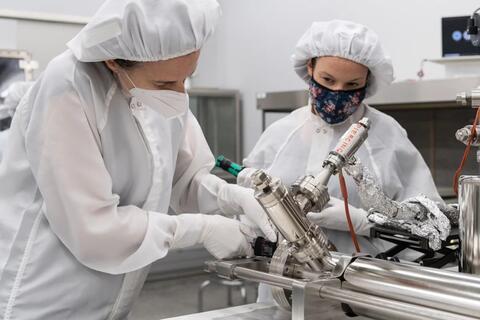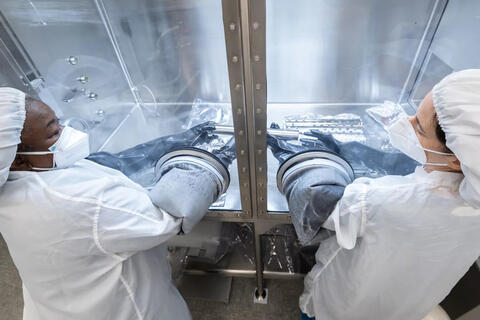NASA and ESA’s lunar aspirations for this decade, and beyond
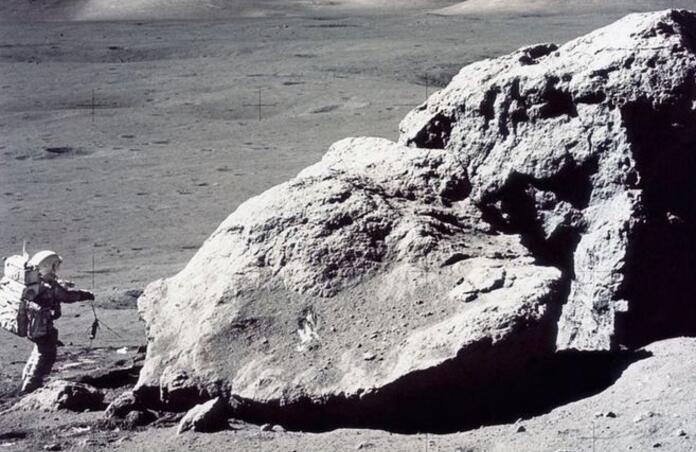
Two projects started this week signal space agencies’ renewed impetus to explore our closest celestial neighbour !
While the photographs below from the Apollo missions were sold this week at an auction in Denmark, NASA has also taken a look back in time by beginning the long process of opening a vacuum-sealed Moon rock sample from the 1972 Apollo 17 mission. As with the case of the Hubble Space Telescope’s first engineers’ expertise being required, some members of this new research group were part of the original teams and had studied Moon samples in the 70s !
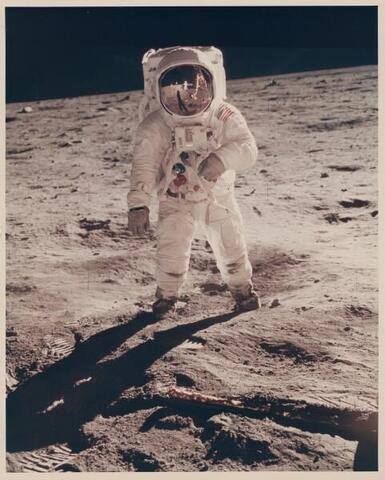
This photograph of Buzz Aldrin, with Neil Armstrong reflected in his visor, sold for 5 373 € 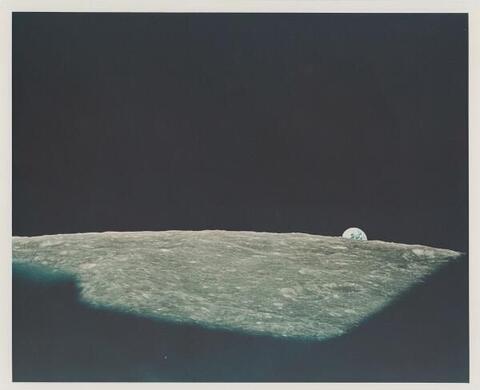
"Earthrise" (taken during Apollo 8, the first manned mission to the Moon) sold for 11 800 €
Complementary to their knowledge are the tools that have been developed specifically for analyses of these rocks. This includes what has been dubbed the “Apollo can opener”, which is now being used to pierce and collect the gas from the sample in question. Unlike the other, unsealed soil sample from Apollo 17 that was opened in 2019, this one is very likely to still contain volatiles, chemical compounds that would have been solid on the Moon’s surface but then evaporated at room temperature. Therefore, additional precautions are taken, as these gases could provide more information about the evolution of volatiles since the Early Solar System.
This trip down memory lane serves NASA’s prospects ahead, too. As part of the third of the Artemis missions of this decade (a lunar orbiter launching this year, then a crewed orbiter scheduled for 2024 and finally at least one crewed lander), astronauts will retrieve more lunar rock samples, this time from near the lunar South Pole. “Practising” the collecting, transporting, unsealing and handling of Apollo moonrocks, as well as transmitting these notions of best practice to a new generation of NASA scientists, will greatly facilitate research on the soon-to-come Artemis samples.
Looking even further into the future, ESA’s aim is to extract raw materials from the Moon’s surface rocks on site by the early 2030s. Out of three competing designs for such a technology, this week the Agency selected a team led by Thales Alenia Space in the UK, who will concretise the payload. It will notably experiment on taking out oxygen from lunar regolith, moonrocks composed of 40–45% oxygen by weight – this is of course useful to produce breathable air for astronauts, but also as propellant for any spacecrafts that could launch from the Moon, the advantage there being the Moon’s lower gravity that a rocket has to escape from.
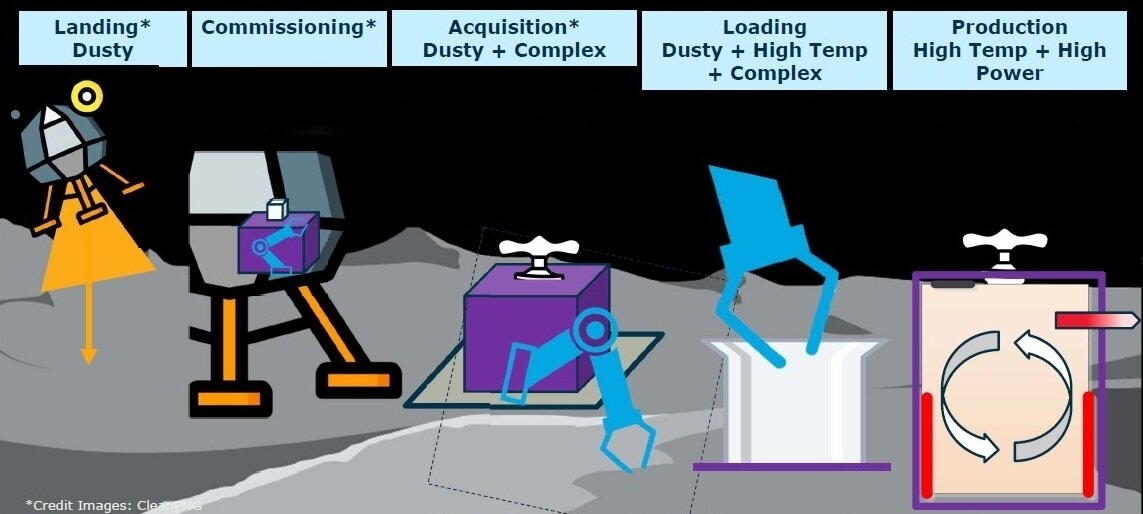
The rationale behind In-Situ Resource Utilization (ISRU) is not just lunar exploration, ESA’s outlook goes towards the production of resources for longer-term, sustainable missions as well. However, ISRU on the Moon has two major constraints: firstly, the oxygen is only indirectly available (in the form of minerals or glass). Added to ESA’s 70% minimal extraction efficiency requirement, you can see the complexity in designing a payload that materialises the whole process from loading the regolith into the instrument with a robotic arm to separating the elements. On top of this, the other challenge that Thales Alenia Space is faced with is that of energy; the solar-powered instruments can only function during one lunar day at a time, i.e., just under two weeks.
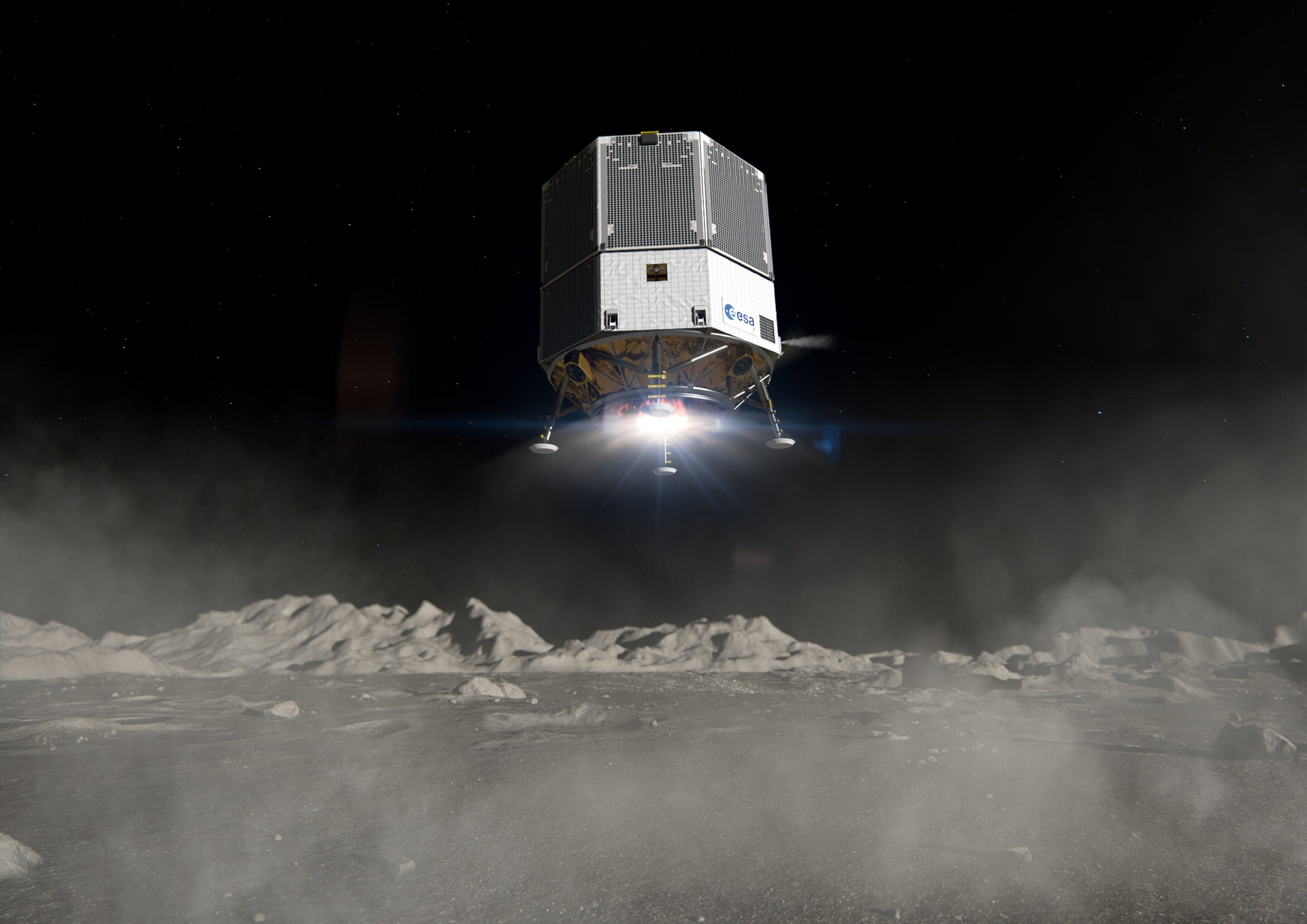
With their planned European Large Logistic Lander (EL3), ESA won’t only (space-)ship to the Moon new technologies for testing but will also support NASA’s Artemis programme by bringing equipment and supplies for the crew – including air, until ISRU proves successful.
Cover Image: Apollo 17 astronaut collecting samples, NASA/Corbis
Image Credits:
1 - Aldrin photographed by Armstrong, NASA/B. Rasmussen
2 - Earthrise, NASA/B. Rasmussen
3 - New technology for the samples, J. Blair/NASA
4 - Extracting gases from the sample, R. Markowitz/NASA-Johnson Space
5 - ISRU processes, ESA
6 - Artist's impression of EL3, ESA/ATG-Medialab

